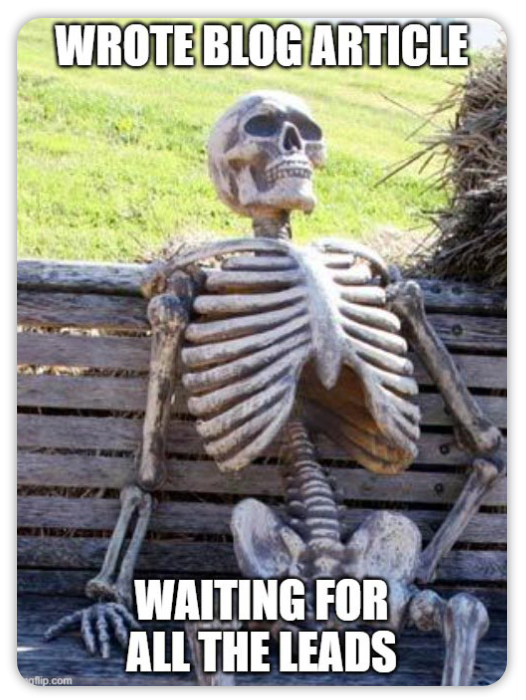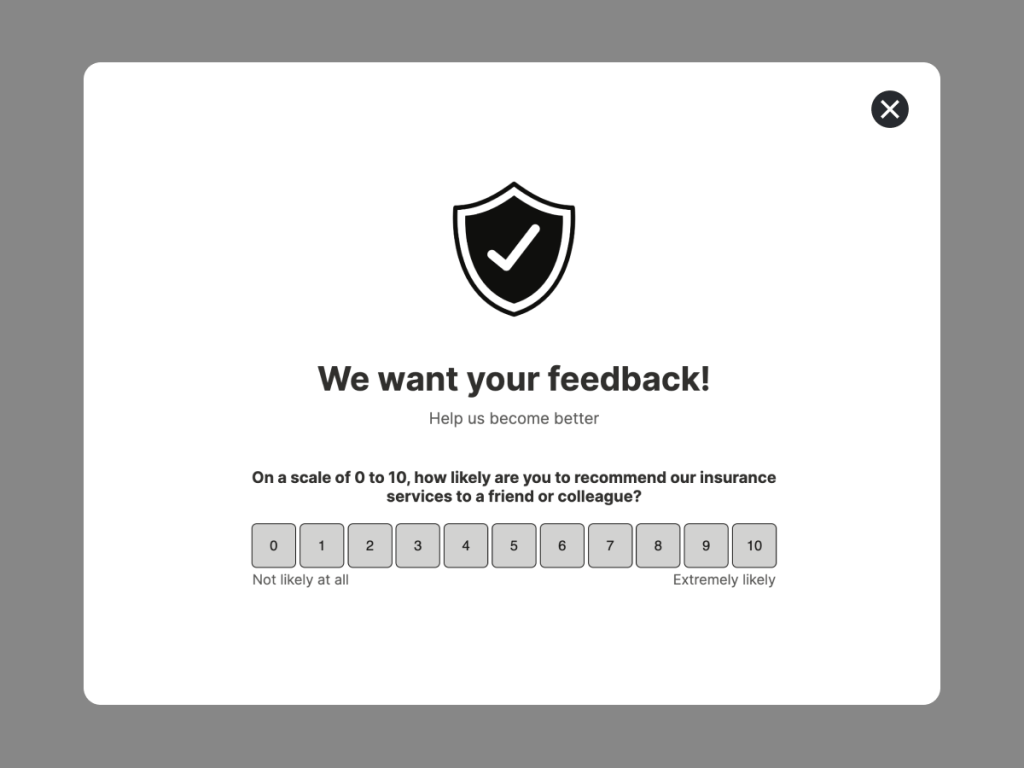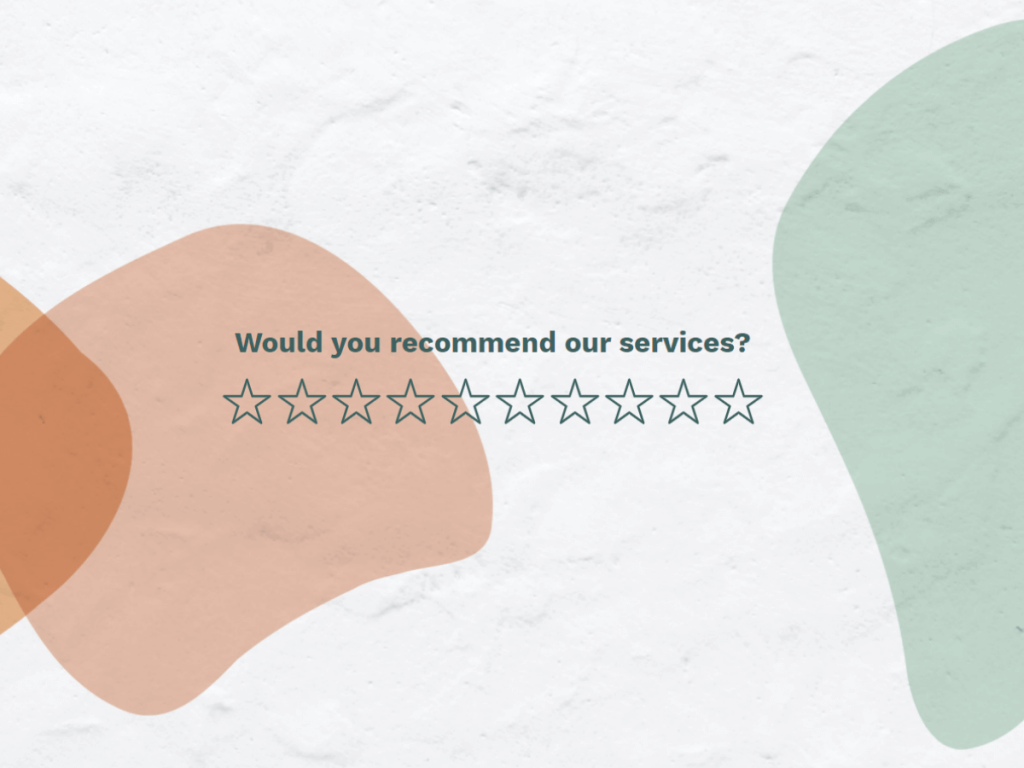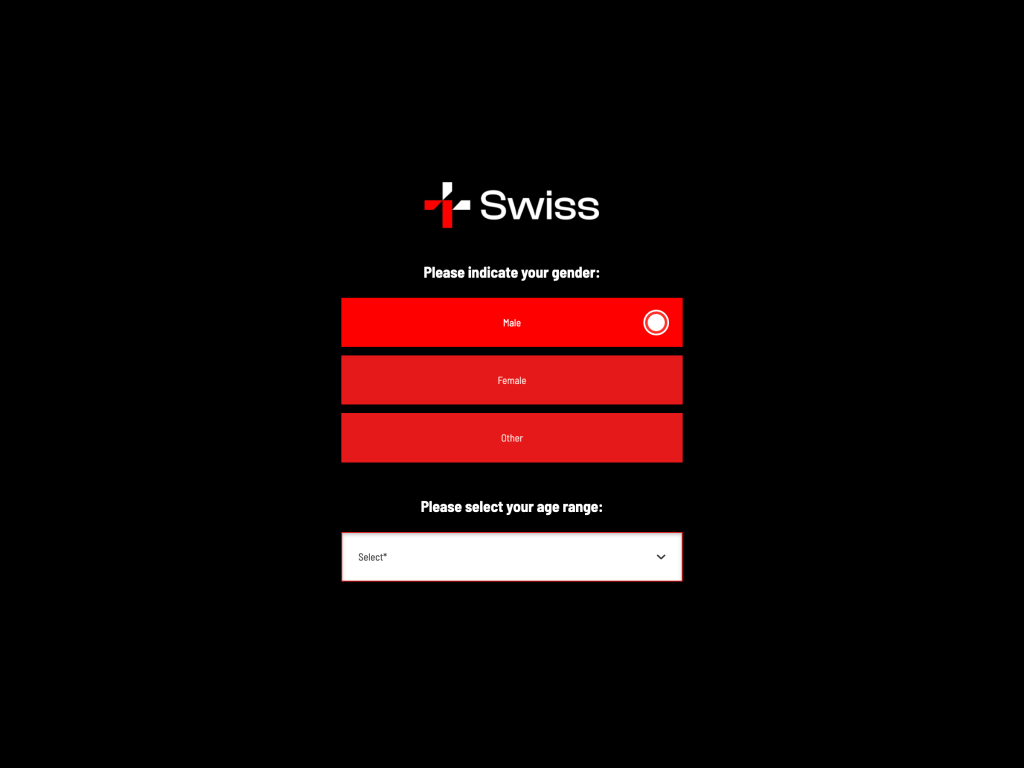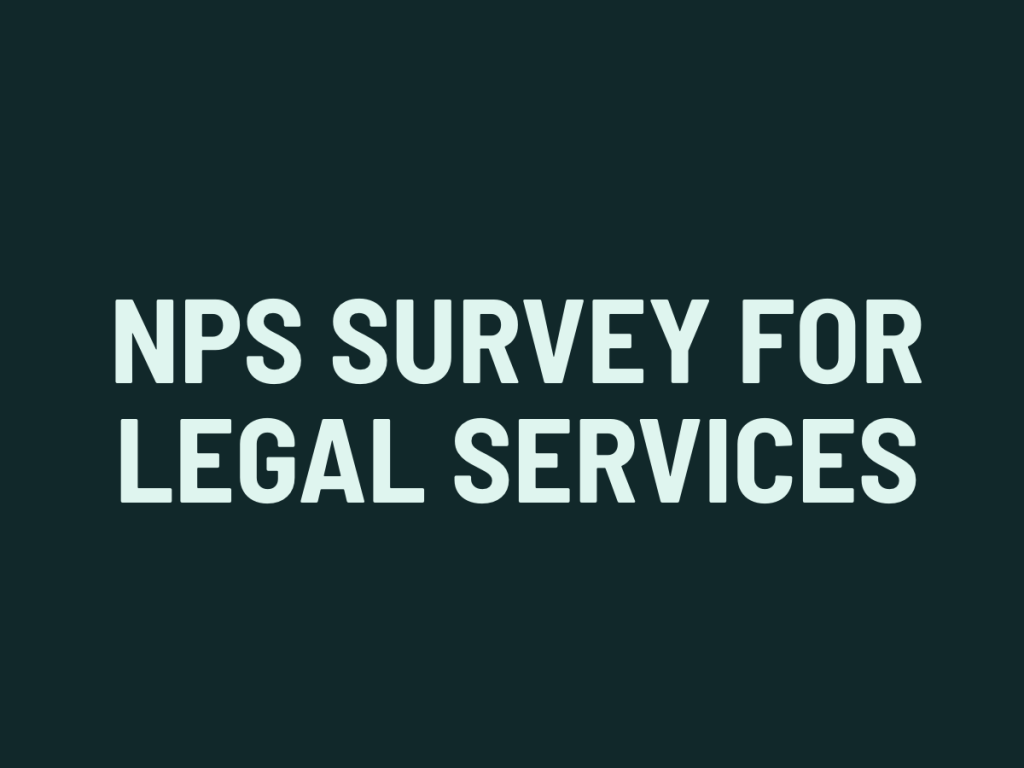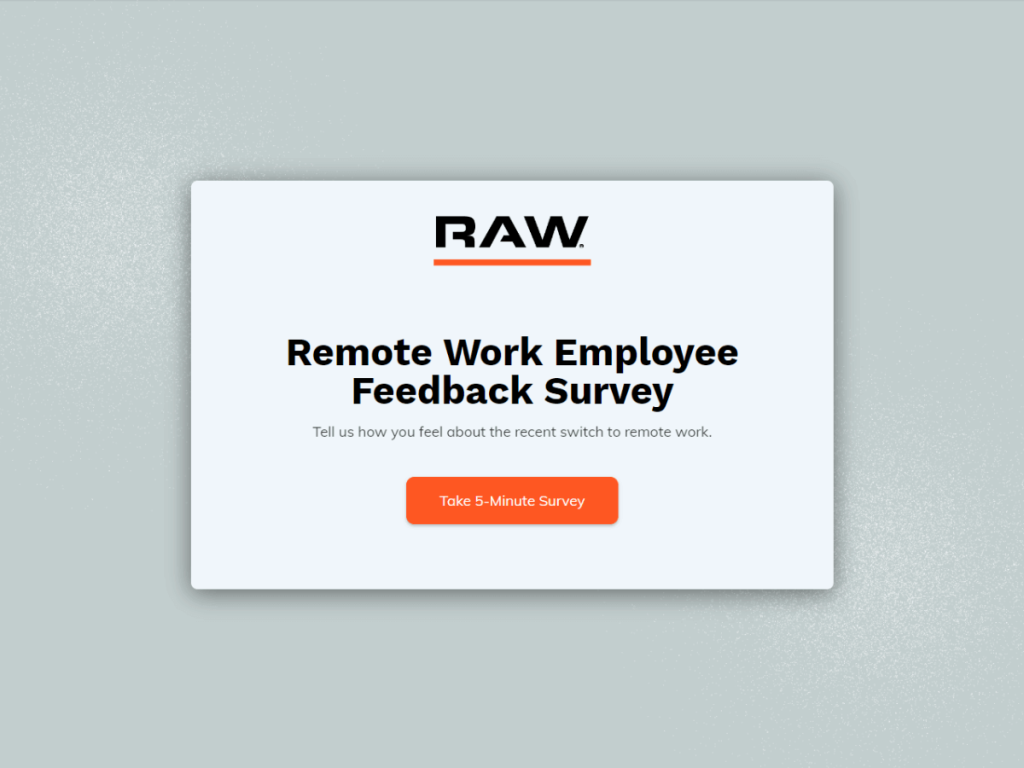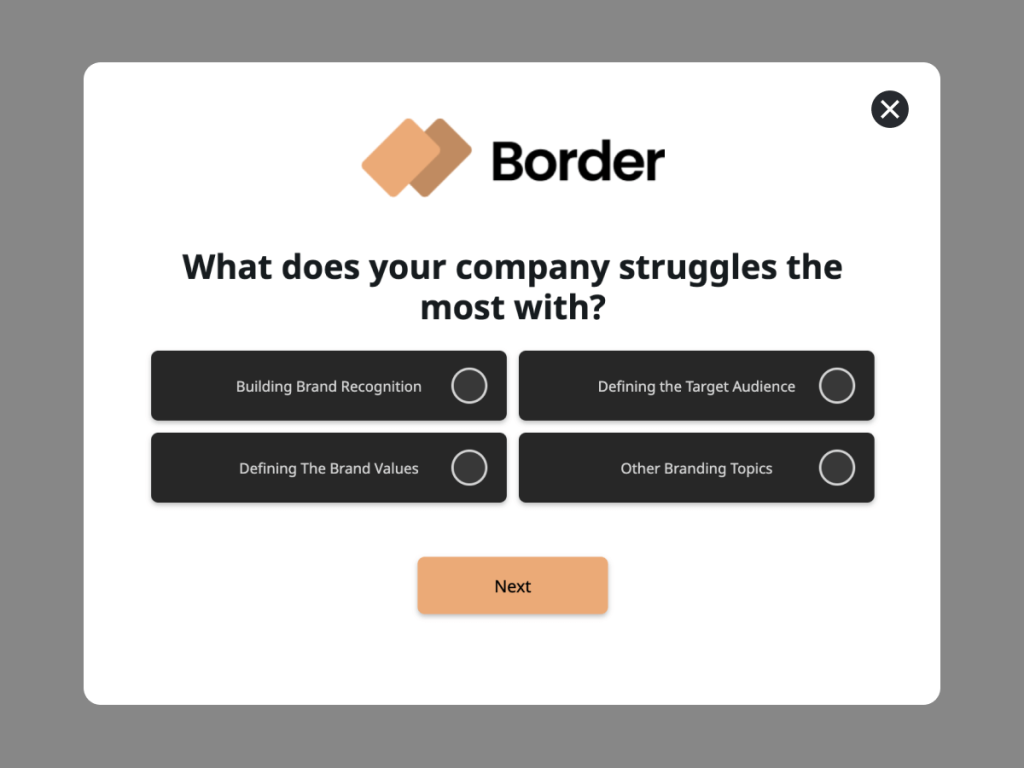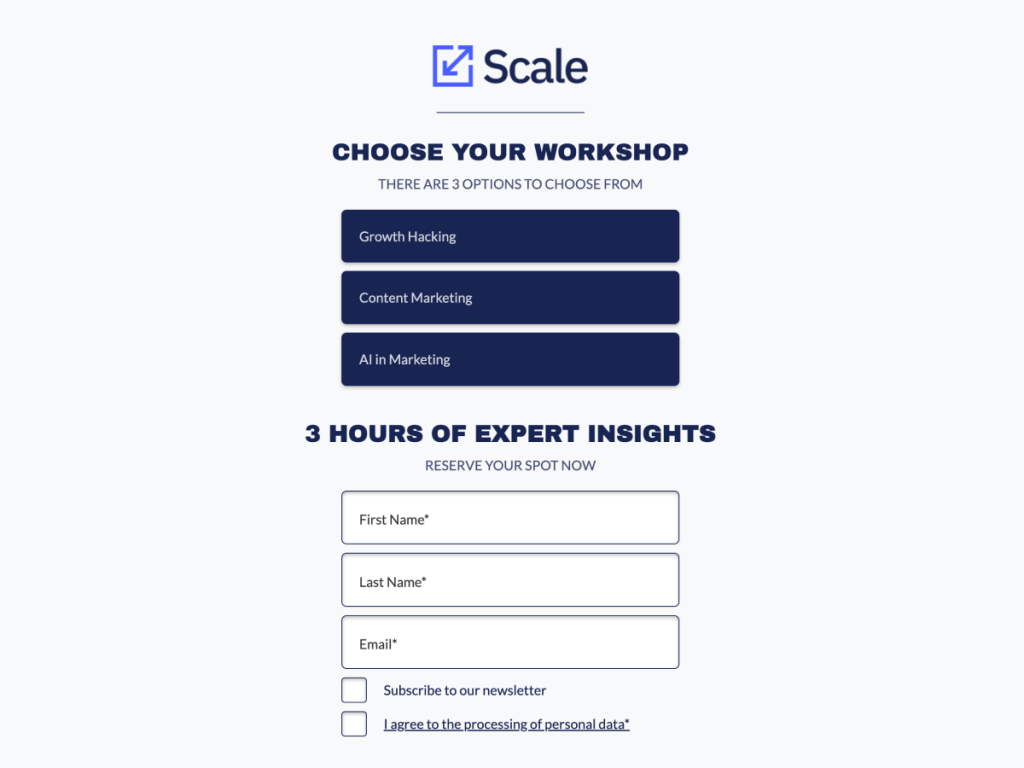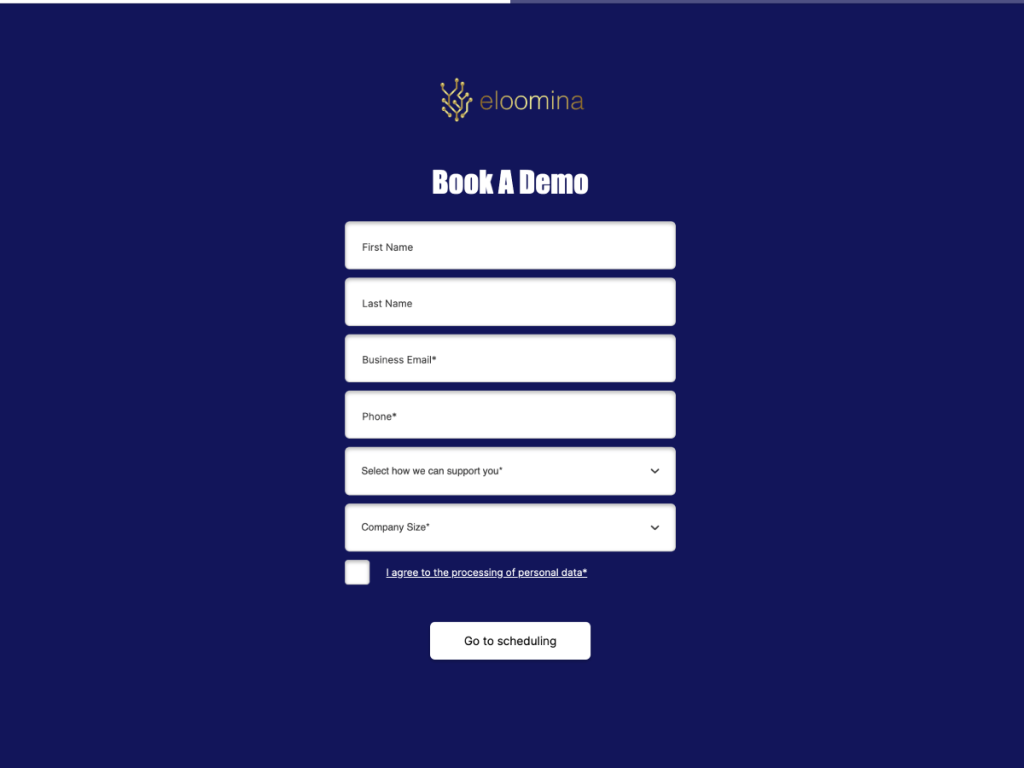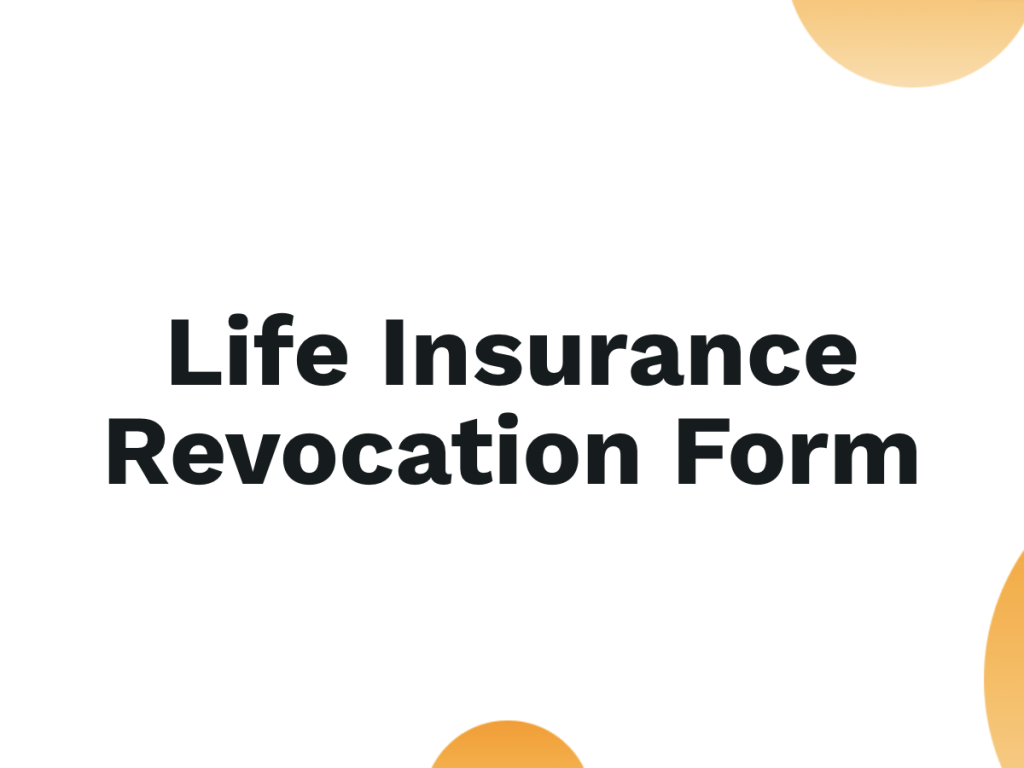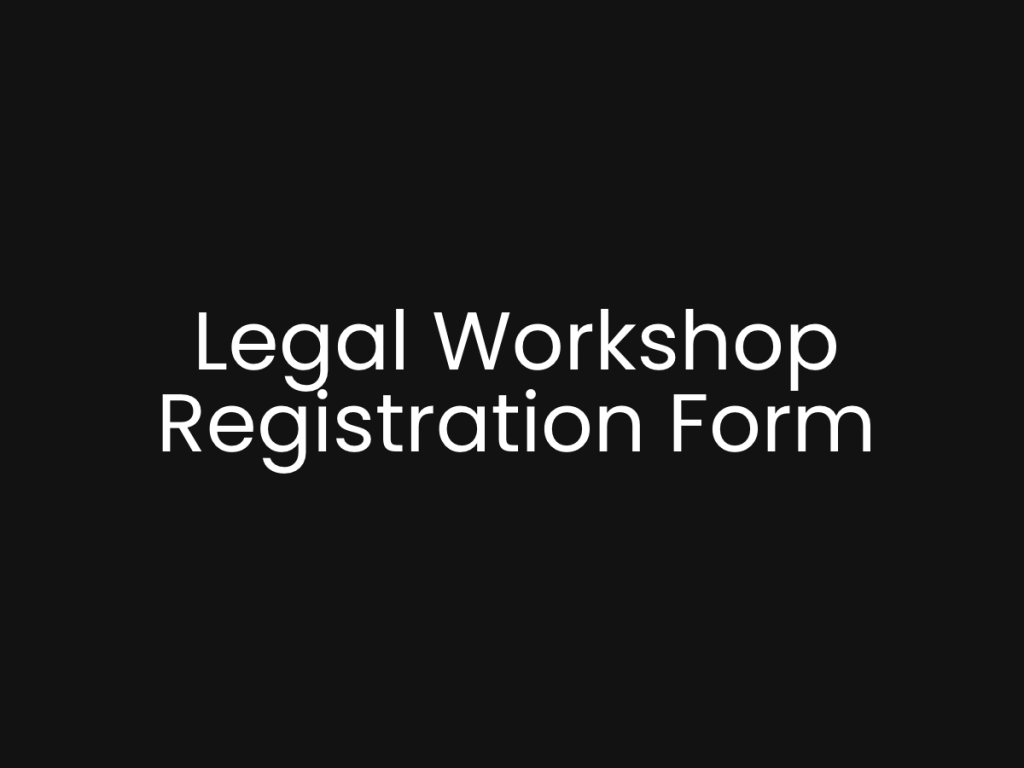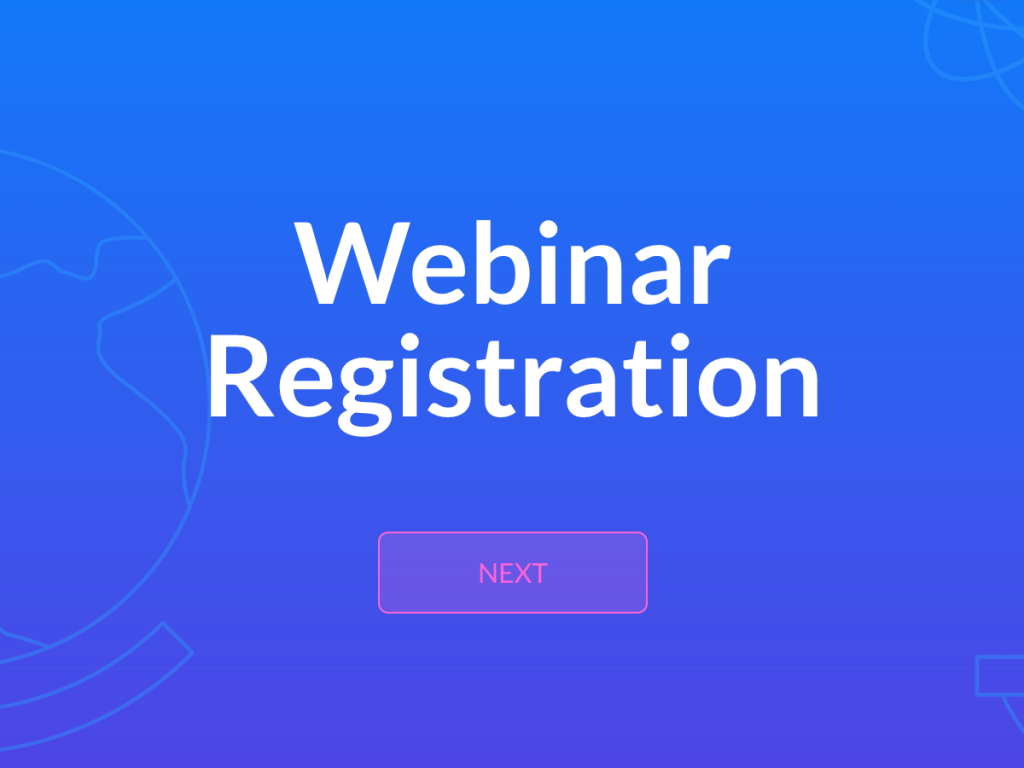According to Gartner, buyers only spend 5% of their purchasing journey with a salesperson. The rest is pure content marketing - building a sales funnel that works on its own.
Got some non-nurtured leads in your spreadsheets?
Don't rush to send email newsletters to your prospective buyers. Here is where you should really start your lead nurturing campaign:
Why Do You Need to Nurture B2B Leads?
Why don't leads just make their minds and let's call it a day?
The reality is that B2B sales require persuasion not just for one person, but for an entire company with multiple decision-makers. This can make the sales process lengthy, often taking months to secure a deal.
Lead nurturing campaigns are the only way to stay top of mind with your potential clients and keep potential customers engaged with your brand, build trust and credibility, and move them closer to making a purchase.
Lead Nurturing Campaign Preparation
Sorry to be Captain Obvious, but in order to create a lead nurture campaign, you need to take care of lead generation first. Let's take a look at how you can combine lead generation and lead nurturing into one automated process:
Build an ICP
To define your Ideal Customer Profile (ICP), you should analyse your current customer base. Identify common characteristics such as industry, company size, job titles, location, and pain points.
Rather than scheduling lengthy meetings with sales teams, consider using the CRM's built-in analytics tools to determine patterns and trends in your customer data. Here is an example of analytics in HubSpot CRM:
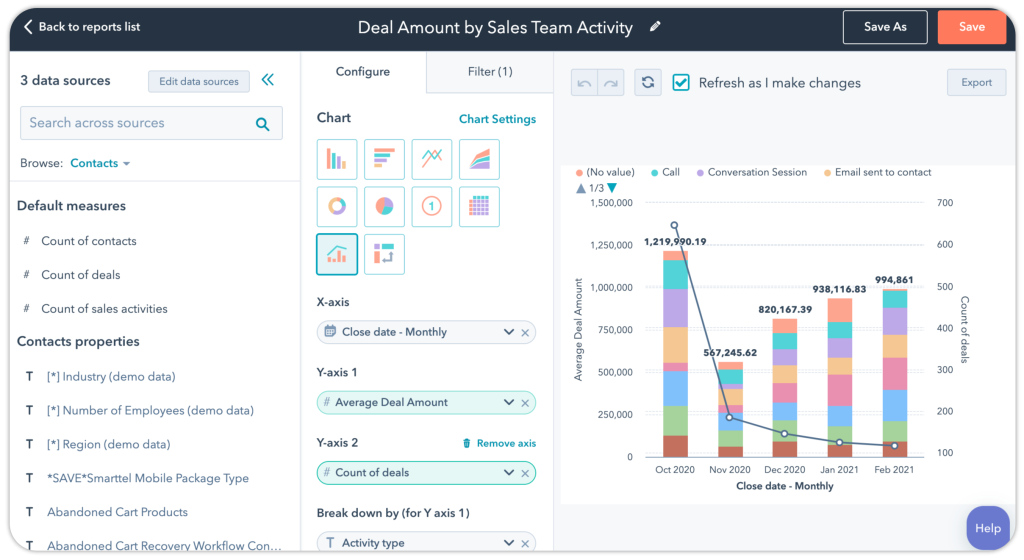
Google Analytics also can provide valuable insights into the geographic location of your buyer personas and content that resonates with them:
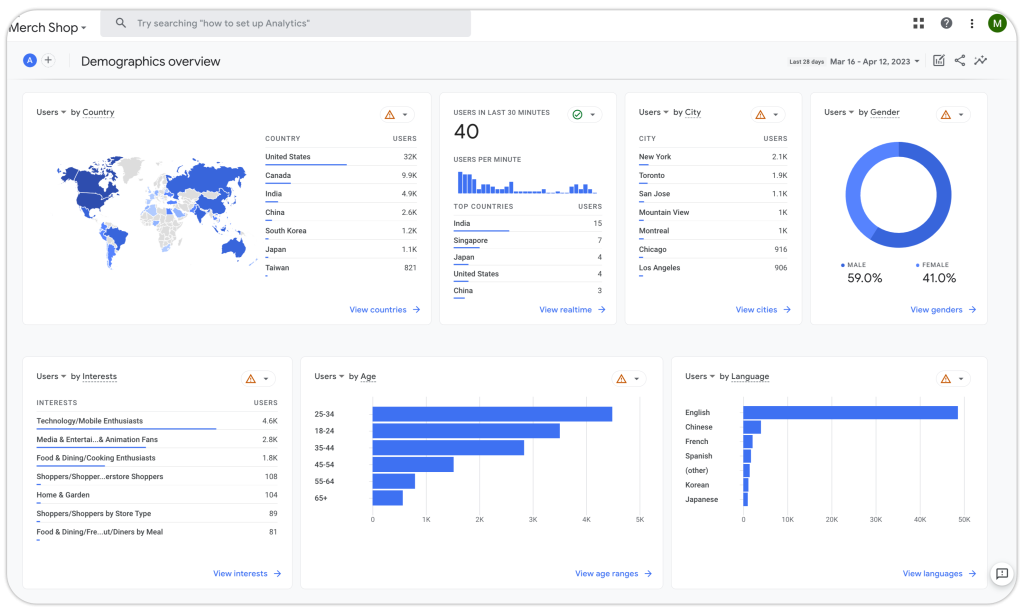
Trends, customer preferences, and demographics change with time. That's why it's useful to update an ICP regularly. Here is how you can automate the process in two steps:
Step 1: Conduct a Customer Onboarding Survey
You can automatically gain in-depth knowledge of the clients you will be working with. Ask your new customers a few questions on the size of their company, their goals, how they found your business, etc.
Check this customer onboarding survey created with involve.me:
Grab one of these templates, add your branding and your own questions and share it with customers via email:
Create Your Own Survey
Easily embed into your website
Workshop Feedback Template
Opinion Scale Survey for Insurance Template
Monthly Service Cancellation Funnel Template
Customer Satisfaction Survey for Finance Template
Opinion scale survey for legal services Template
Remote Work Feedback Survey Template
involve.me has the "invite by email" feature. You can have complete control over who receives the invitation. Cherry-pick recipients from an extensive list of tagged contacts previously gathered from other projects. Alternatively, you can easily import fresh contacts and assign them relevant tags.
Step 2: Connect Your Onboarding Survey to Your Favorite Apps
Integrate your survey with your CRM or Google Sheets to automate data collection. This way you save hours of work and reduce errors that may occur with manual data entry.
By capturing survey responses in your CRM, you can easily segment your customers based on their answers. This allows you to personalize your marketing strategy based on your customers' preferences, needs, and behaviors.
To learn how to integrate your involve.me survey with a third-party app, go here. You can also connect involve.me survey with Zapier to send submission data to over 5,000 apps and web services:
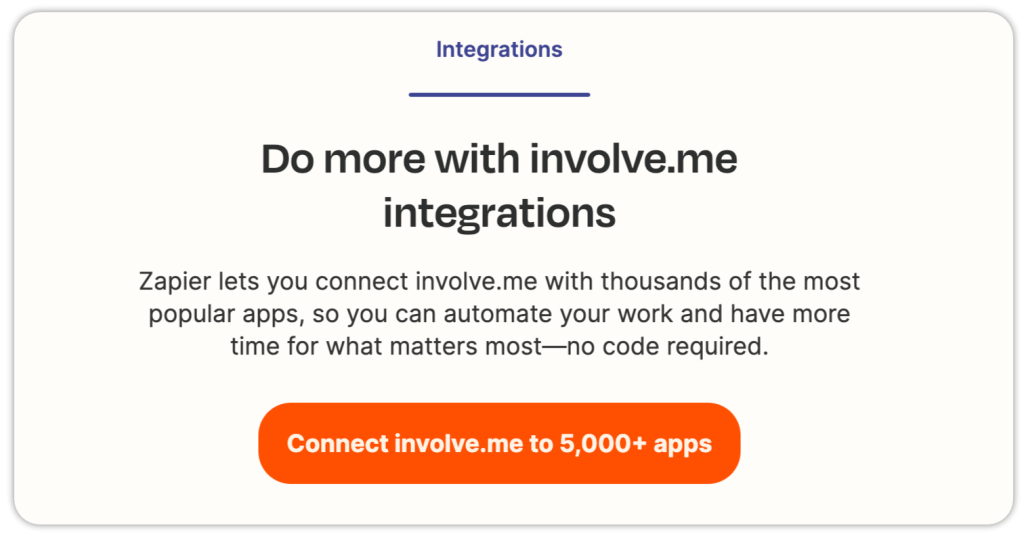
How Do You Nurture B2B Leads?
Lead nurturing means you give qualified leads what they need at their point of buying journey - customer reviews, case studies, webinars, e-books, customized reports or recommendations.
The key to effective lead nurturing content is to provide value and be relevant to the needs and interests of your target audience. Let's lay a solid foundation for your lead nurturing campaign:
Create Lead Magnets
Once you know who your buyer personas are and what their interests are, you can create lead magnets to collect their email addresses. This effort will literally give some bread to your marketing automation specialist who will set up the lead nurturing email campaigns.
B2B lead magnets include whitepapers, e-books, webinars, case studies, templates, toolkits, or samples.
Offering a free e-book in exchange for an email address is a popular lead generation technique.
Consider embedding a form with a free downloadable E-book into your website. To do that, just choose a template and customize the elements so it matches your brand:
Create Your Own Form
No code required
Giveaway Form for Marketing Agencies Template
Webinar Registration Form for Agencies Template
Demo Booking Form for Software Template
Life Insurance Revocation Form Template
Legal Workshop Registration Form Template
Webinar Registration Template
Lead magnets in B2B marketing serve a dual purpose: they not only attract potential customers, but also segment them into targeted lists.
Sounds too complicated? Here is how you can segment leads with a smart lead magnet:
Step 1: Create a Custom Calculator to Attract
Like most B2B companies, you probably have flexible pricing. Use this aspect to your advantage. Embed a calculator into your website to spark interest and collect data, including leads' contact information.
Here's a great example of custom price quote calculator for enterprise software (created with involve.me❤️):
Click until the last page and you'll see that the result is email-gated. It means that to get a price quote potential buyers need to provide their email address first.
Take a look at this step-by-step guide on how to build a price quote calculator code-free.
Step 2: Use Your Customer Calculator to Segment Leads
If you use custom calculators, forms, surveys and quizzes created with involve.me, you can collect responses and automatically create lists in a spreadsheet or your preferred CRM.
Your custom calculator can include specific questions about budget, number of users, integrations, etc. Leads that match your ICP can be automatically added to your lists of qualified leads (you just need to create a custom formula inside of your involve.me calculator).
With a price quote, ROI calculator, or a product configurator you can find out at which point in the customer journey the customer is and base your lead nurturing communication on that data.
How to Qualify B2B Leads?
You should divide leads into groups based on their shared characteristics or behaviors. For instance, contacts that download your e-books but don't use a custom calculator can be added to the marketing qualified leads group.
Contacts who used a calculator on your website can be added to the sales qualified leads group as they have shown a clear interest in the product.
The qualification criteria for SQL may vary depending on your specific business needs 😉 .
Choose other segmentation criteria: demographic information, company-related data, psychographic data, or behavioral data such as previous purchases or engagement with your brand.
A well-done segmentation can also help you assign potential customers to the different sales funnel stages.
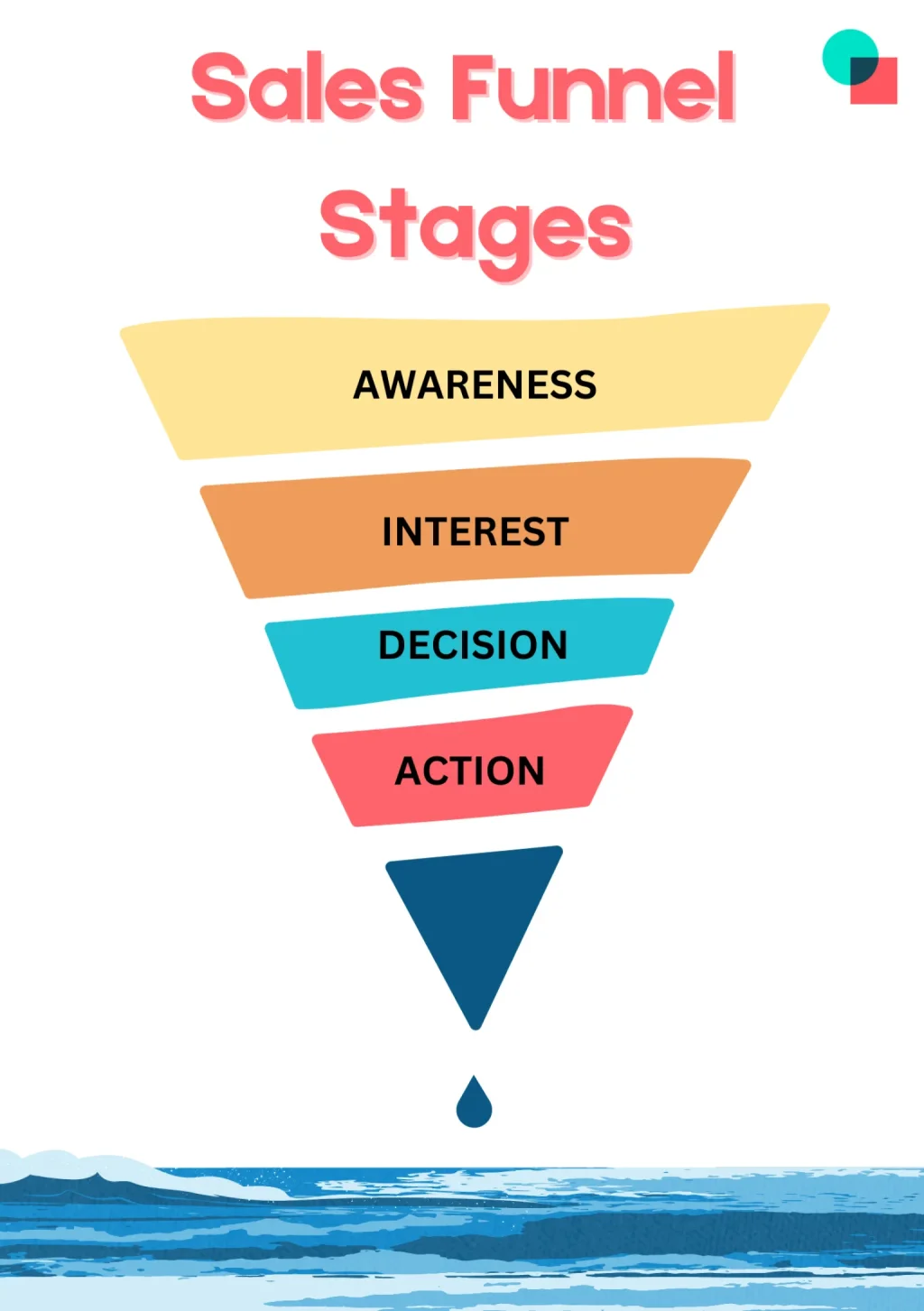
💡 Easily calculate the lead score by using a custom calculator created with involve.me. This is done by using segmentation criteria such as industry, department, job title, and potential deal size. Within the tool, you can assign different values to the answers provided for each of these parameters. These values are then used to calculate the final lead score.
Map Out the Buyer Journey
At this point you have attracted and segmented leads. It's quite a journey, well-done! ⭐
Now you need to create types of content that will nurture your leads toward the sale.
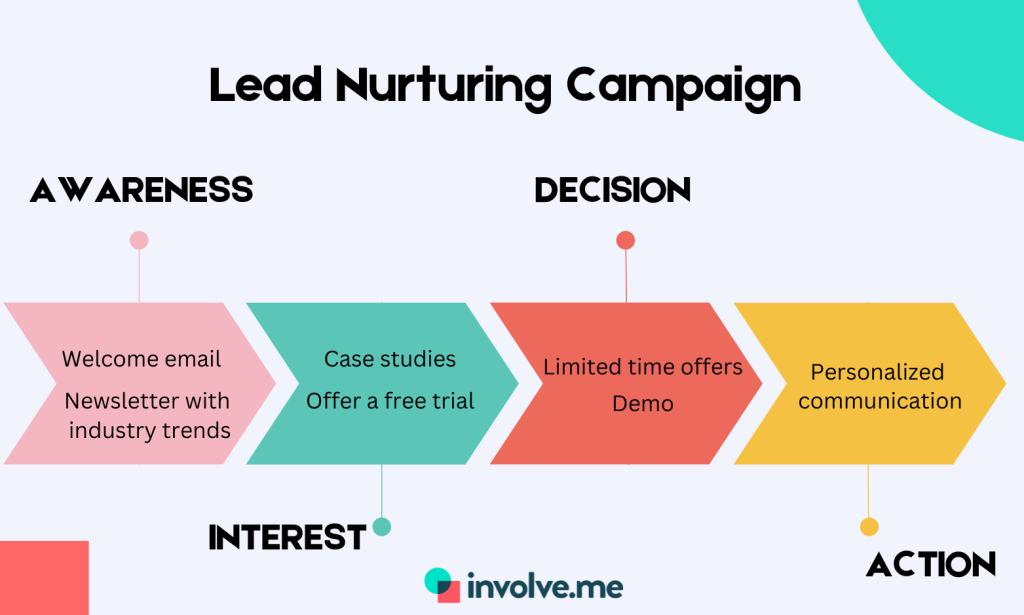
Once you have content to work with, you can finally build your lead nurturing campaign. Yay!
Find an example of a campaign built in HubSpot CRM below. This email marketing campaign targets B2B buyers who are in the first stage of the sales cycle. They are not ready to buy yet, so to push them further, the marketing team sends relevant content such as free templates.
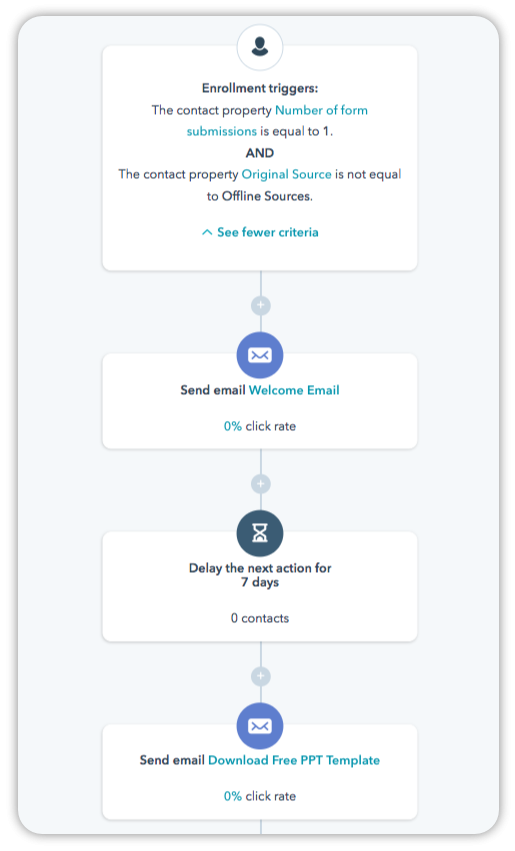
The next step depends on the engagement rate. If your leads checked pricing pages after getting a free template, they can be invited to the demo or a free trial.
In your involve.me custom calculator you can also include your Calendly, HubSpot calendar, Savvycal calendar or other scheduling apps and send automated emails with a price quote or invitation to the meeting.
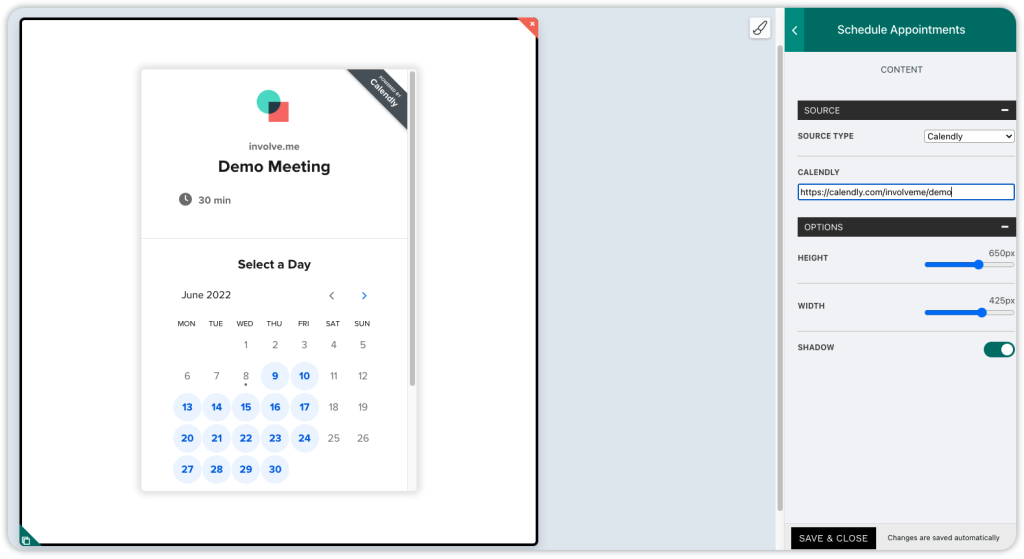
In case leads are not interested in the template, the marketing team should offer them a different scenario. For example, sending a relevant blog post.
Lead nurturing is all about building relationships with your leads over time through targeted and personalized communications.
Successful marketers don't rush to sell. They focus on providing value to their customers through fun and helpful pieces of content.
Look at BigCommerce, commerce solution provider and their Personality Quiz:
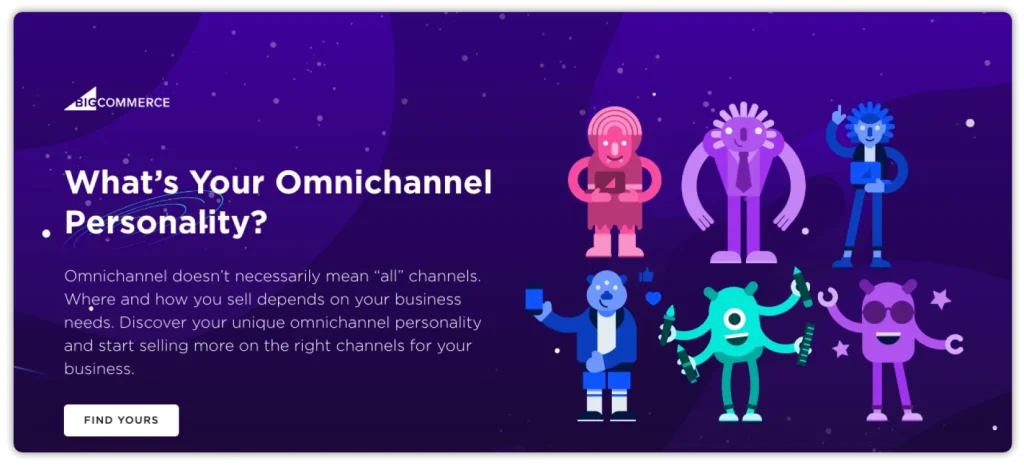
Consider adding more interactive content to your lead nurturing campaign: quizzes, personality tests, virtual workshops, surveys, animated videos and witty social media posts.
Expert Comment on Lead Nurturing
You can learn how to create effective lead nurturing campaigns only by doing.
I talked to Anna Złoczewska, Marketing Automation Expert from Bluestone PIM who poured her heart and soul into working on it. Her tips will save you hours of marketing meetings:
Finding answers to all possible questions about your contacts is important in order to segment the contact database and start an interesting, converting workflow. And yes, keep in mind your audience is your conversational partner! And the segments are different types of partners.
Pro Tip: When segmenting your contacts, remember that different audience groups may better understand different jargon or tone of voice. Therefore, always double-check if your from-field, subject line & call-to-action in your messages are adjusted to the particular audience on the particular funnel stage.
Get as much data as possible: including your audience's website, email activity behavior, customer journey, job position, industry, and even their timezone (thanks to that you will not send them business messages after 10 pm local time ;)). Then assign the results to the particular stage of the funnel your contacts are currently on.
Such a contact segmentation should give you an answer on how many of your contacts are on particular stages of both: the sales funnel, and What, Why & How Sinek’s golden circle. This knowledge will help you to plan the best, personalized & converting campaign content for each segment.
Pro Tip: Numerous CRM systems allow you to send not only regular email blasts or drip campaigns but also behavior-triggered emails and pop-ups based on the users' activity (ex. the frequency of visiting particular pages). Implementing such workflows can help you catch hot leads that need a little more convincing.
As we’re talking about segmentation, don’t forget about keeping database hygiene. Create a dedicated active list for inactive & bouncing contacts. It will help you estimate how many of your contacts don’t want to engage in conversation with you and how you can improve. Give your contacts time, and think on creating a reactivation campaign, ex. with a unique content incentive. The results may surprise you!
In lead nurturing, quality is always better than quantity. It is more effective to target your personalized marketing message toward smaller, but active lists rather than investing your efforts in creating content for hundreds of inactive users who would not even open your email.
Final Words
The conversion rate in your quarterly report is directly linked to how quickly you move your leads through the B2B sales cycle. Knowing the market landscape I can tell that prospective customers are not in a rush to make a decision. Turning B2B leads into customers takes up to 12 months.
While it's frustrating to wait that long, it also gives you room for maneuver. Build your marketing messages based on proper lead generation and segmentation. Marketing automation tools can save hours of your time but they won't do wonders.
Focus your marketing efforts on your ideal customer with the tools provided in my short guide. And remember, you are not alone in this.
